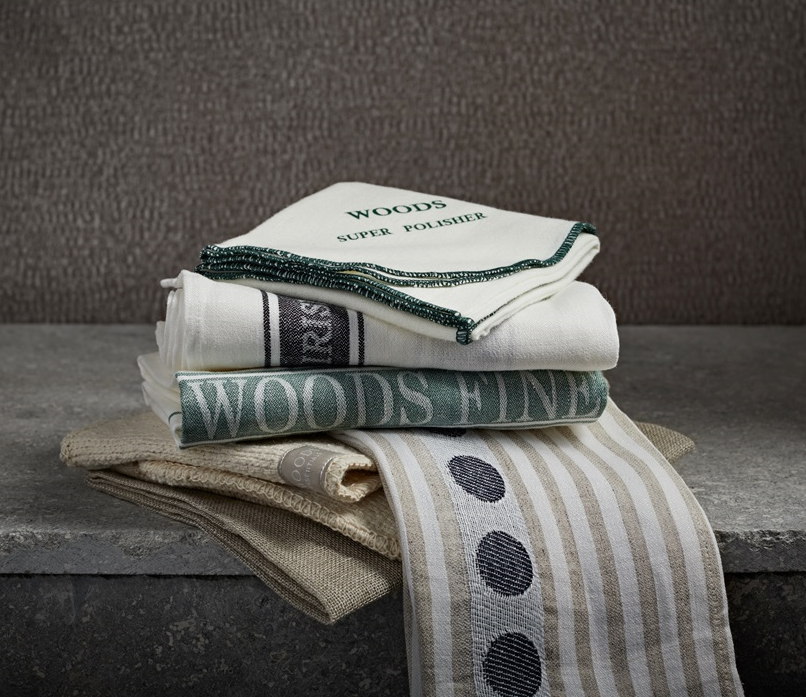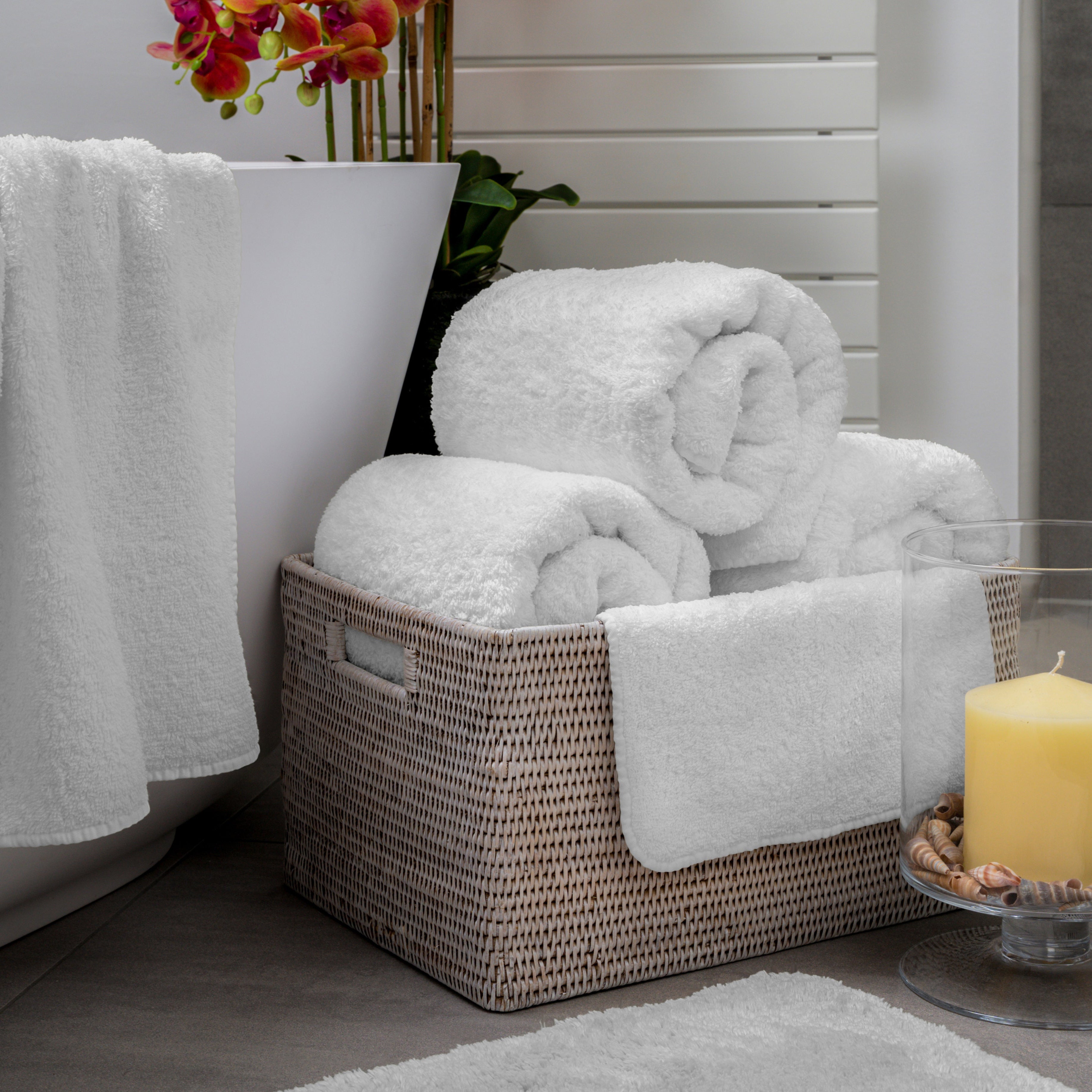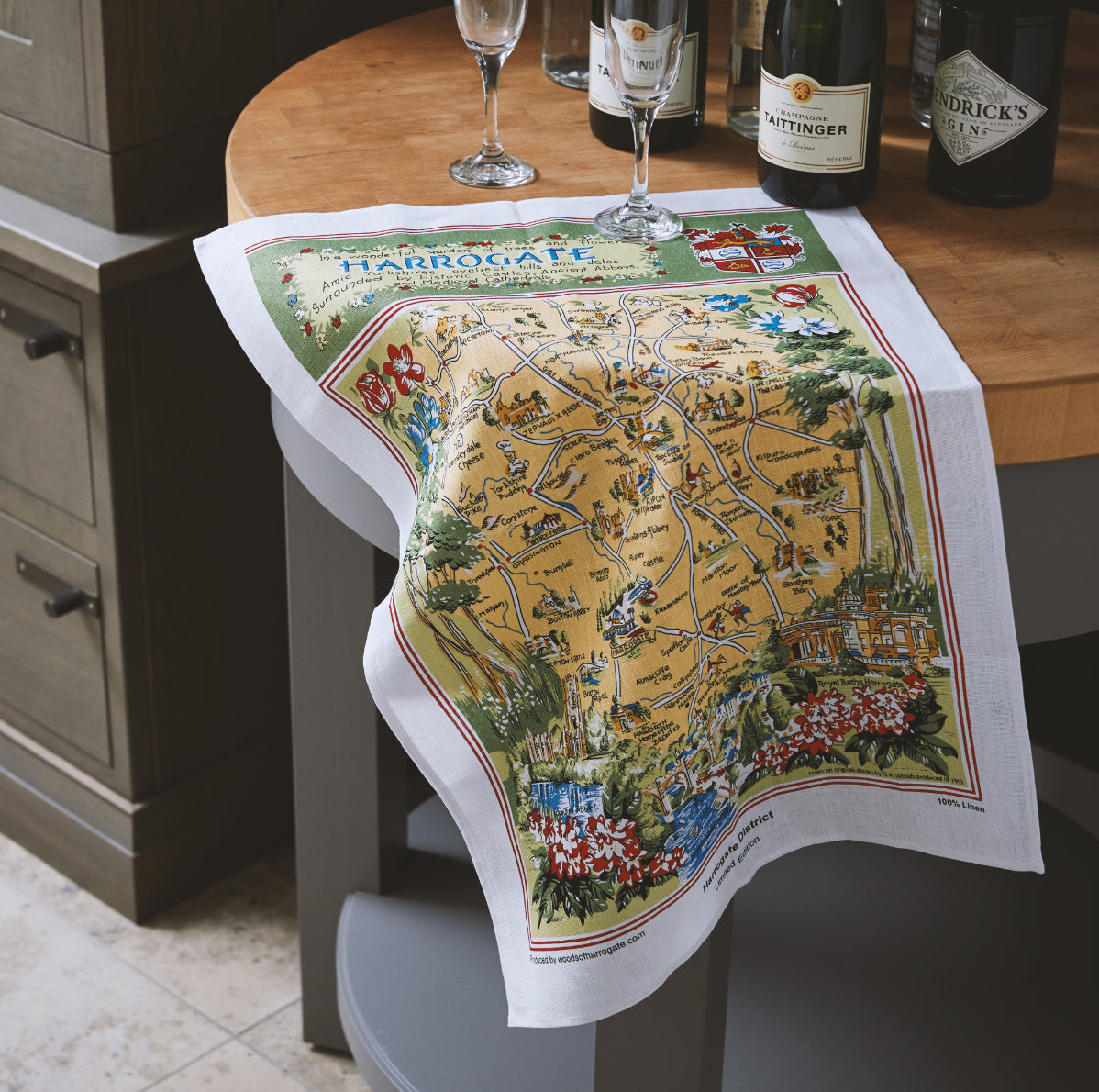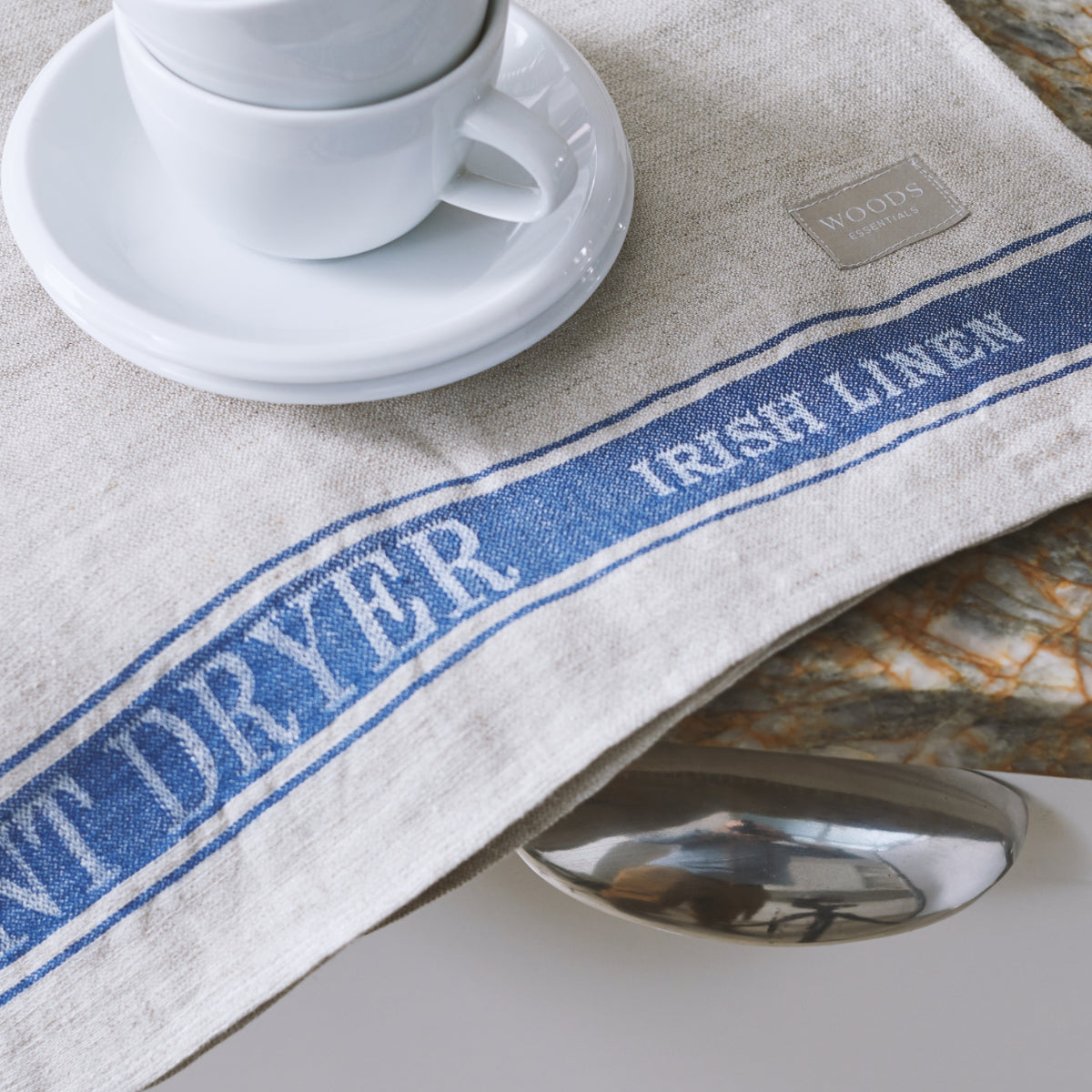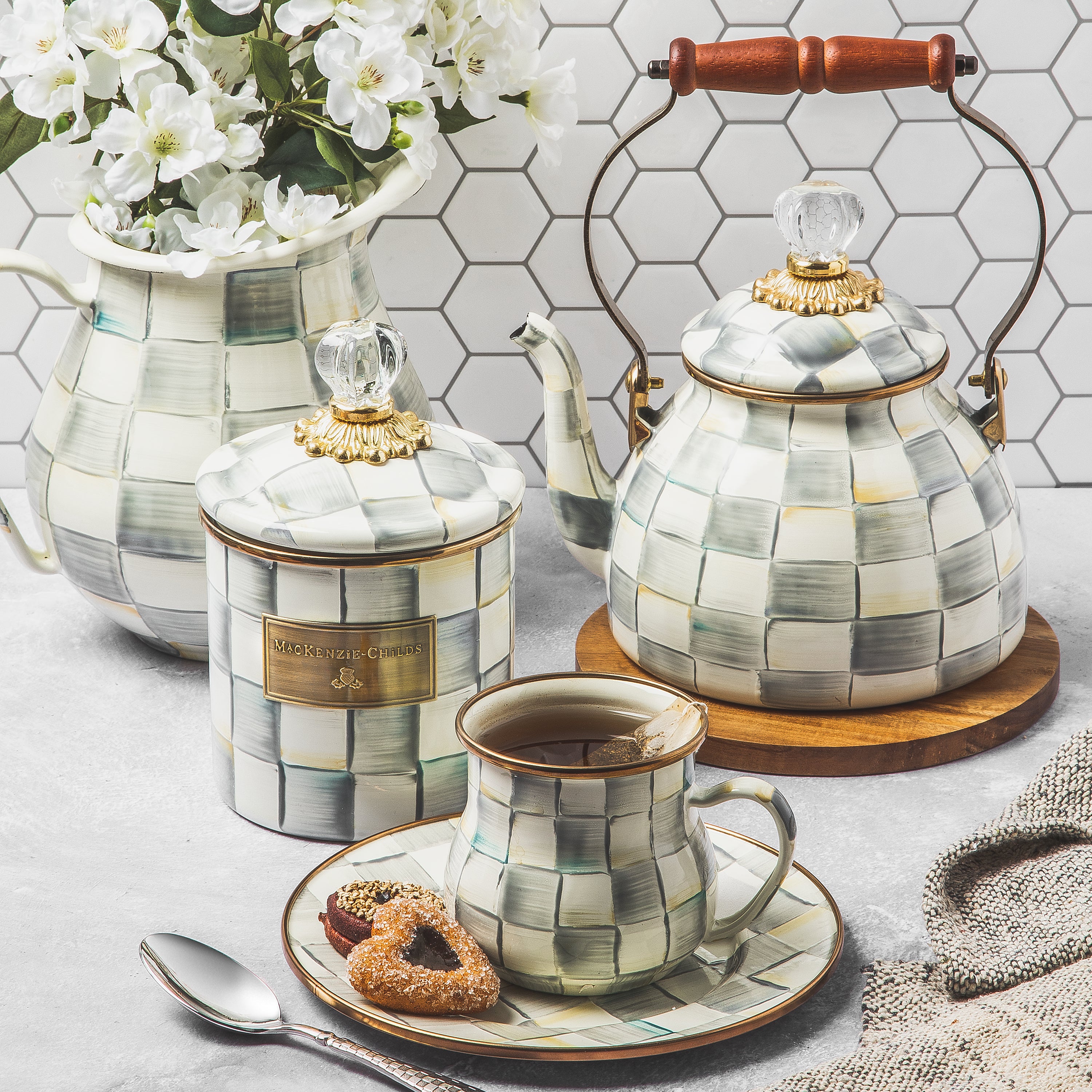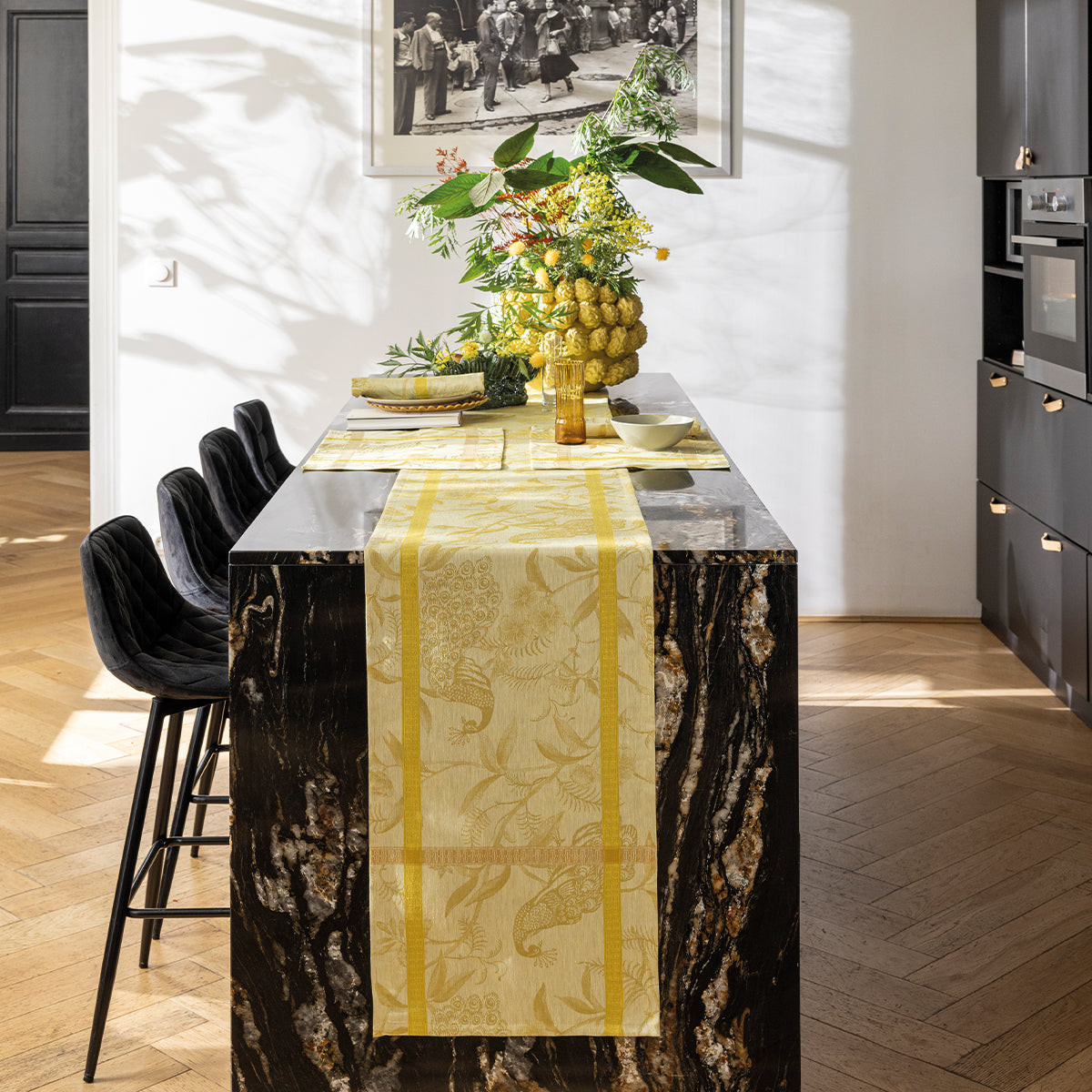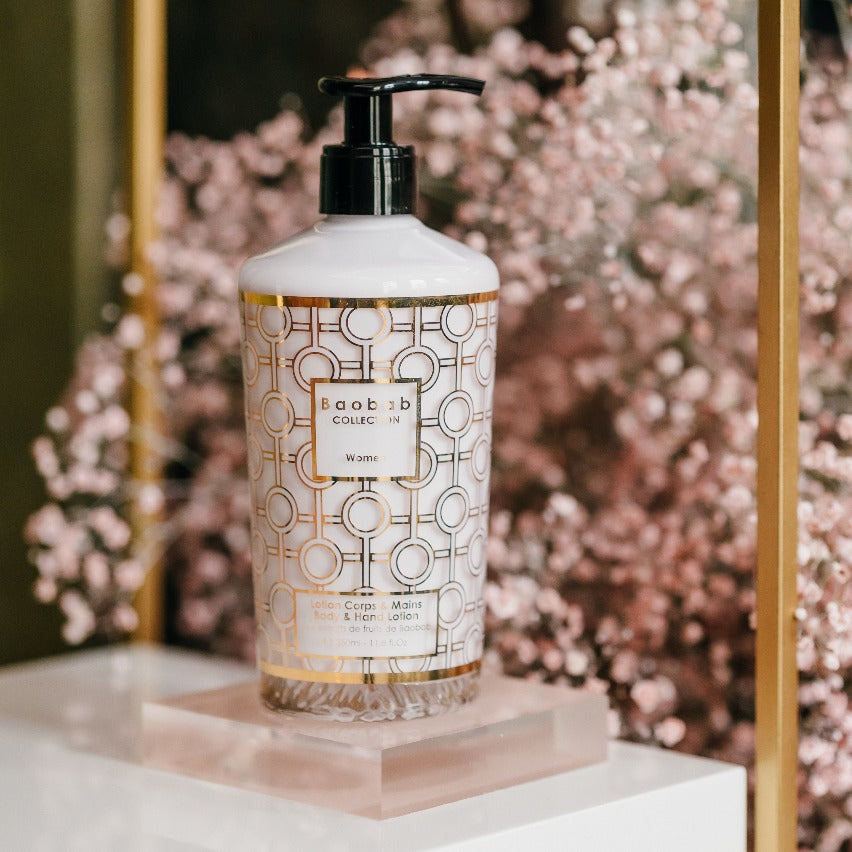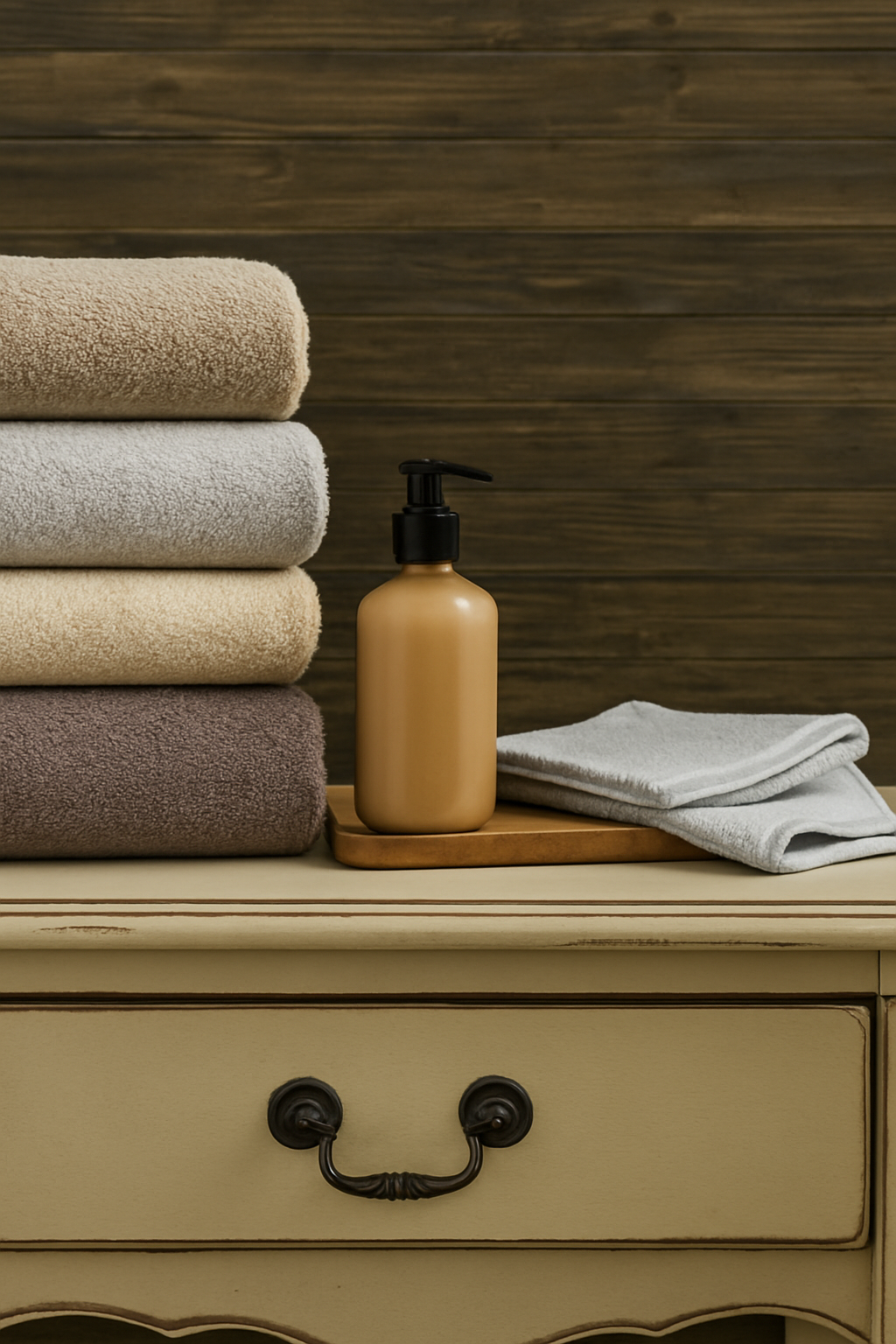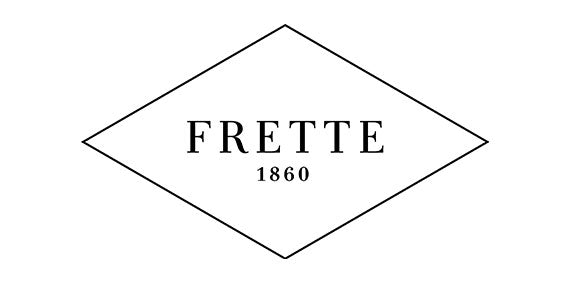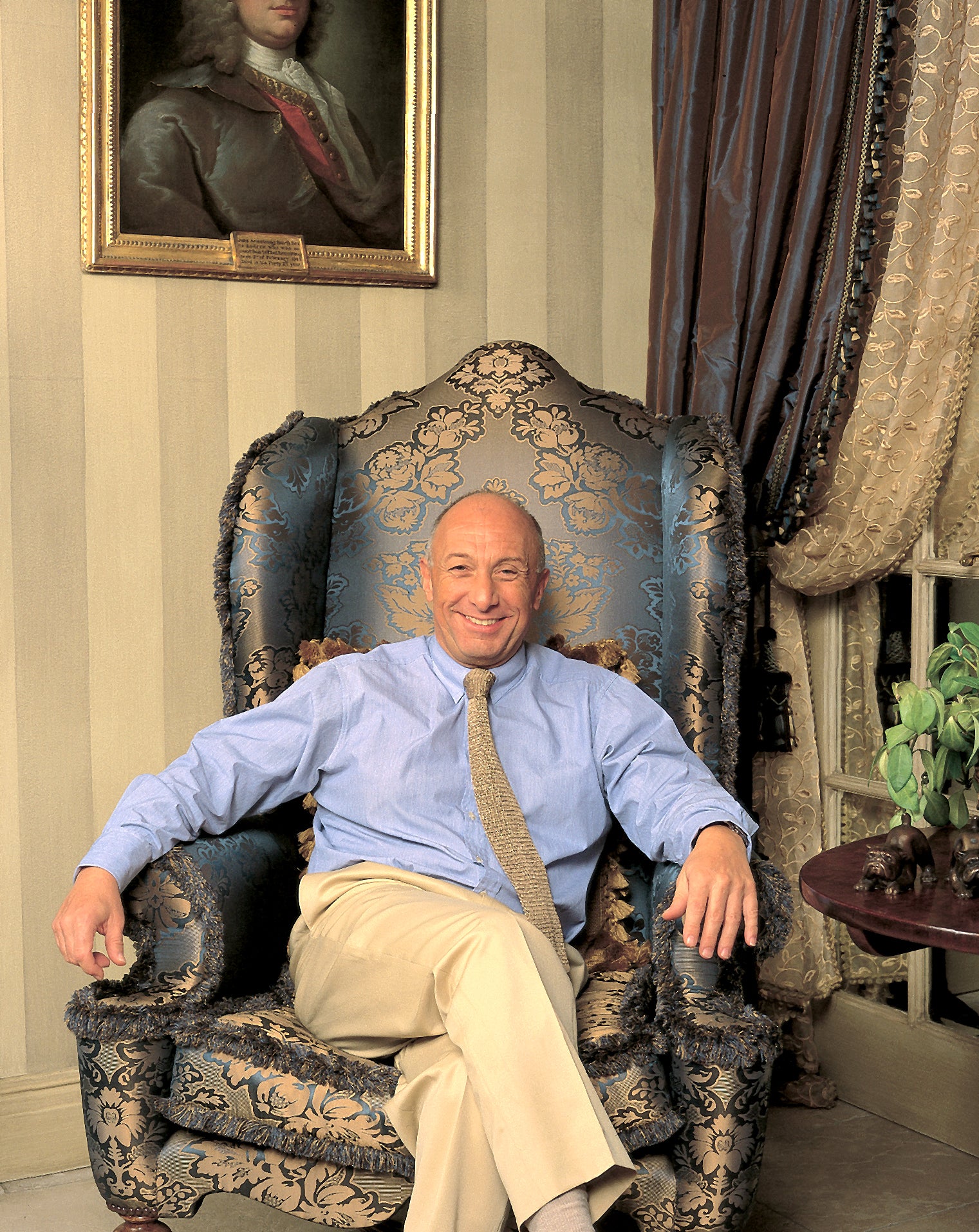
Does Thread Count? The Truth By William Woods
Who is William Woods?
William Woods has worked in the textile industry for over 45 years and is the CEO of one of the oldest and most famous linen and interior design businesses in Europe, which has been patronised by Royalty for many years.
William is a renowned period Interior Designer and is a member of the highly regarded British Institute of Interior Design. He has acquired a vast knowledge of textiles, buying from all parts of the world and in his early years worked for a firm of spinners, weavers, bleachers and dyers in Northern Ireland. In short, he has a significant knowledge of linens and many regard him as one of the doyens of the linen trade.
Today he feels there are too many claims made about household textiles by retailers and manufacturers alike which are misleading at best. Therefore he has felt the need to clarify and give the facts about what he has learnt, which he hopes will be helpful.

THE NONSENSE OF THREAD COUNTS
Thread counts are all too often used as the only measure of the quality of sheeting. These counts can be distorted. A higher thread count alone does not mean that it is better than a lesser thread count. In choosing good quality sheeting, one must take into consideration the quality of cotton, yarn size, the actual thread count and the finishing process.
So what exactly is a thread count? It is simply a measure of how many threads – warp (length-wise) and weft (width-wise) woven into 1 square inch of fabric. Standard cotton thread counts are around 150, good quality sheeting thread counts start at around 180 threads per square inch and are called Percale. These are single ply yarns. Whilst there have been great improvements in spinning and milling, technologies have pushed up the numbers of thread counts. It is rare to have above 400 threads per square inch. Higher thread counts use plied yarns that are produced by twisting together fine yarns. Sometimes they are 2, 3 or even 4 ply yarns and can achieve a 1,000 thread count per square inch. Recently the Federal Trade Commission issued a warning to consumers that inflated thread counts are misleading and are not a measure of the finest or ‘best’.
To have good quality cotton sheeting depends on a number of factors. Thread counts are important but also so is a good staple yarn. Often I hear, “This is Egyptian cotton so this must be good.” Just like buying a Mercedes car. You have a range of cars varying from a Smart Car to an S Class both are made by the same manufacturer but have very different qualities and so it goes for Egyptian cotton.
The best long staple cotton grown today comes from America (Pima) and India (MCU5, Shanka6). There is a small Egyptian production (not all Egyptian yarn is of a longer staple) and much of Egyptian fabric is now imported from other countries and called ‘Egyptian’. Egyptian cotton is acknowledged as the best long staple cotton in the World. Historically it all came from Egypt but today Egyptian cotton is produced in many countries. It still complies with the original Egyptian standards of quality, including 1¼” and 2″ staple, compared for example with the Pima cotton ⅞” staple.
Labels can be misleading, for example some may say Egyptian cotton but it may only contain 1% Egyptian cotton, so look for labels that say 100% Egyptian cotton. The best quality cotton results in a smooth, stronger fabric. A further factor in producing good quality cotton sheeting is the finishing process. The finishing process has a lot to do with how the bedding actually feels. It is important to remove treatments used during weaving.
The finishing process not only helps reduce wrinkling, it maintains the clarity or brightness of the colour by preserving the cellulose core of the cotton and gives the fabric a smooth silky handle.
The way in which cotton is woven also has an effect on it’s feel – cotton sateen sheets are softer than the classic simple weave. A satin weave has more warp threads on the top surface, i.e. 4 over, 1 under – resulting in a silk-like touch and appealing lustre…Which is better? Like for like plain weaves have a crisper feel and last longer but satin has a softer touch – personal taste I feel!
At Woods we take great care in selecting our bed linen which is bought from all around the World. We have a huge choice of designs, colours and qualities, we believe our collection is one of the finest in the country and as a customer once said “Woods good, is very good!”
For further help please do not hesitate in asking our experienced staff or William Woods himself. www.woodsofharrogate.com




